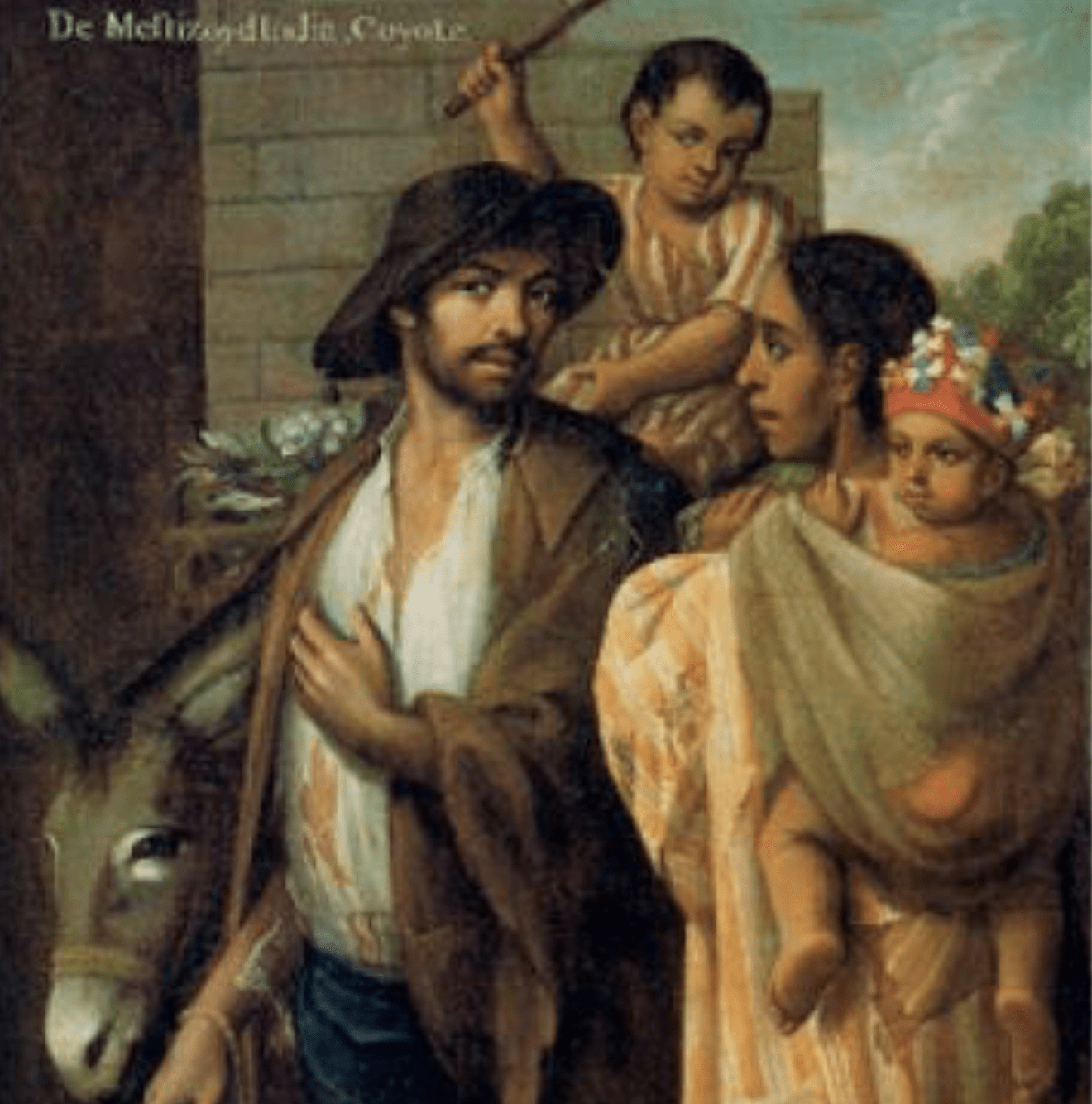The Idea of Race
Since the sixteenth century (if not earlier) race has provided one of the most powerful languages for articulating the inequalities that lie at the heart of colonialism. Many scholars have written about when the idea of race was invented, and how its meanings have changed. My work has underscored the importance of food and clothing to these debates. People in early modern Europe believed that lifestyle helped determine what sort of body you had: what you ate and how you dressed had a physical impact on who you were, and how you looked. I explored this most fully in The Body of the Conquistador: Food, Race and the Colonial Experience in Spanish America and ‘The Pleasures of Taxonomy: Casta Paintings, Classification and Colonialism’.

Books
All Relevant Publications
| Year | Category | Publication Type | Title | Publisher | Link |
|---|---|---|---|---|---|
| 2019 | Scholarship | Book Chapter | Sumptuary Laws in the Early Modern Hispanic World in The Right to Dress: Sumptuary Legislation in Comparative and Global Perspective | Cambridge University Press | Link |
| 2016 | Scholarship | Journal Article | The Pleasures of Taxonomy: Casta Paintings, Classification and Colonialism | William & Mary Quarterly 73:3 | Link |
| 2012 | Scholarship | Book | The Body of the Conquistador: Food, Race and the Colonial Experience in Spanish America | Cambridge University Press | Link |
| 2010 | Scholarship | Journal Article | If You Eat Their Food... Diets and Bodies in Early Colonial Spanish America | American Historical Review 115:3 | Link |
| 2001 | Scholarship | Journal Article | 'Two Pairs of Pink Satin Shoes!!’: Clothing, Race and Identity in the Americas, 17th-19th Centuries | History Workshop Journal 52 | Link |
Relevant Blog Posts
No Results Found
The page you requested could not be found. Try refining your search, or use the navigation above to locate the post.

